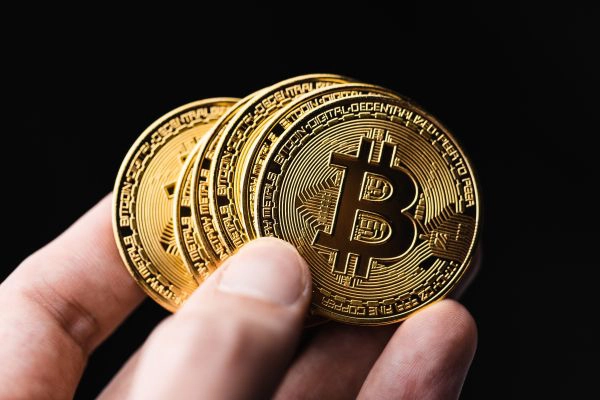Understanding the Interest Rates of Quick Cash Loans
Interest rates play a crucial role in quick cash loans. They determine how much borrowers will ultimately pay back on top of the principal amount they borrow. The interest rates for quick cash loans can vary significantly depending on several factors.
One of the main factors influencing interest rates is the borrower's creditworthiness. Lenders consider credit scores as an indicator of a borrower's ability to repay the loan. Borrowers with high credit scores are seen as less risky, and thus, they are likely to be offered lower interest rates. For example, LightStream, which caters to borrowers with good credit, offers APRs starting as low as 6.99% for certain loan purposes. On the other hand, borrowers with lower credit scores may be charged much higher interest rates. LendingClub, for instance, has an APR range of 9.06% to 35.99%, and the average borrower has a credit score above 700, but those with scores closer to the minimum requirement of 600 may end up with higher interest rates.
The type of lender also affects the interest rates. Traditional banks may offer relatively lower interest rates compared to online - only lenders or payday loan companies. This is because banks often have more stringent lending criteria and access to more stable funding sources. However, banks may also have more complex application processes and longer approval times. In contrast, online lenders that specialize in quick cash loans may offer faster approval and funding but at a higher cost. Some payday loan companies, which are a type of quick cash loan provider, are known for their extremely high - interest rates. In Virginia, for example, payday loans had an average annual interest rate of about 278% in 2014, equivalent to a two - week fee of about \(10.50 for every \)100 borrowed.
The loan amount and term also impact the interest rates. Generally, larger loan amounts and longer loan terms may result in lower interest rates. This is because lenders can spread the risk over a longer period and earn more interest over time. For example, a loan of \(50,000 with a 5 - year term may have a lower APR compared to a \)5,000 loan with a 1 - year term from the same lender. However, this is not always the case, and it depends on the lender's policies and the overall market conditions.
Another factor is the competition in the market. When there is a high level of competition among lenders, they may offer more competitive interest rates to attract borrowers. In the current quick cash loan market, with the increasing number of lenders, borrowers have more options to compare and choose from. This competition has led some lenders to offer better terms, such as lower interest rates and fewer fees. However, borrowers still need to be cautious and carefully read the terms and conditions of the loan to ensure they are getting the best deal.
It's important for borrowers to understand the implications of interest rates before taking out a quick cash loan. High - interest rates can significantly increase the cost of borrowing and may lead to financial difficulties if not managed properly. Borrowers should calculate the total amount they will need to repay, including interest, and make sure it fits within their budget. Additionally, they should explore alternative options, such as borrowing from friends or family, negotiating with creditors for more time to pay, or looking for government - sponsored assistance programs if available.
